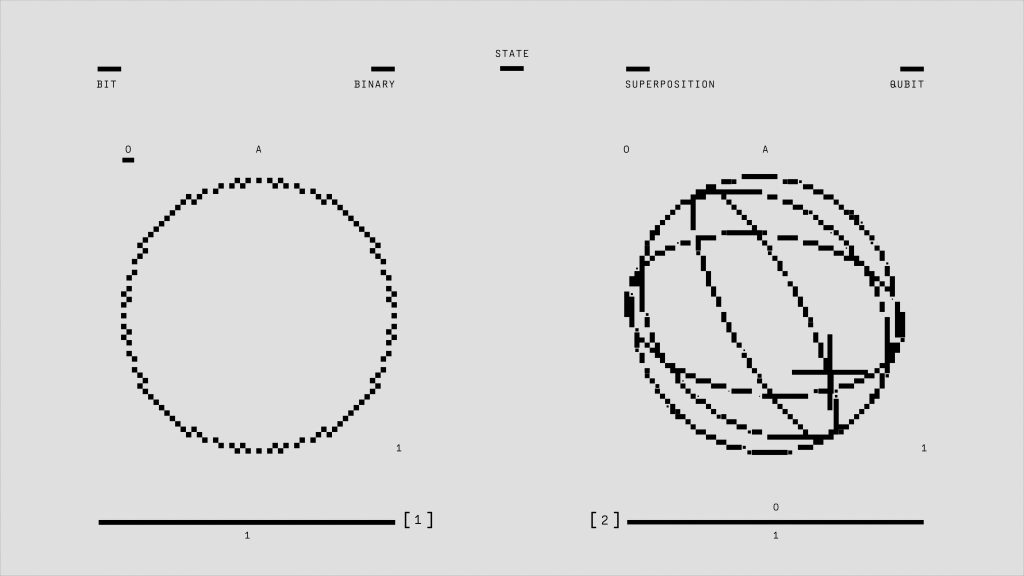Title: Understanding RAM Configurations: Is Eight 1GB Sticks Standard?
When delving into the intricacies of computer hardware, particularly memory configurations, questions often arise about what constitutes a typical setup. A common inquiry I’ve encountered recently is whether having eight sticks of 1GB RAM is considered standard.
At first glance, it might seem unusual; after all, with advancements in technology, the landscape of RAM usage has evolved significantly. Typically, modern systems favor fewer sticks with higher capacities, such as 4GB or 8GB per module, to achieve better performance and efficiency.
Using eight 1GB sticks could indicate an older system or may have been a budget-conscious decision in a timeframe when memory was limited. However, it’s important to consider that operating with numerous low-capacity sticks may not yield optimal performance due to potential limitations in memory bandwidth and additional complexity in managing multiple modules.
In summary, while having eight 1GB RAM sticks is not the norm in contemporary setups, it’s not entirely unheard of, especially in older machines. Assessing your system’s requirements and understanding the benefits of upgrading to fewer, high-capacity modules could be the key to enhancing overall performance.
Share this content:




Response:
It’s great that you’re exploring RAM configurations! Having eight 1GB sticks of RAM is indeed somewhat unconventional by today’s standards, as modern systems typically utilize fewer, higher-capacity RAM modules for enhanced performance.
To give you some perspective, most contemporary setups leverage 4GB, 8GB, or even larger capacity modules because they help maximize memory bandwidth and reduce latency. Utilizing multiple lower-capacity sticks like your eight 1GB modules could potentially hinder system performance due to increased complexity in memory management and possible incompatibilities.
If you’re looking for a performance boost, consider evaluating your motherboard’s specifications to determine the maximum supported RAM per slot. Upgrading to larger capacity sticks (like 4GB or 8GB) not only simplifies your setup but could also improve overall system responsiveness, especially under multitasking scenarios.
Moreover, the transition might lead to better system stability and efficiency, making it a worthwhile investment if your system supports it. Don’t hesitate to consult your motherboard’s manual or manufacturer’s website for compatibility details before making any upgrades.
Happy upgrading!
Hi, thank you for sharing your question about RAM configurations. Having eight sticks of 1GB RAM is generally considered non-standard in modern systems. Most contemporary computers typically use 2, 4, or 8 sticks of higher-capacity modules (such as 4GB or 8GB each) to optimize performance, memory bandwidth, and stability.
If your system currently uses eight 1GB sticks, it might be an older setup, and upgrading to fewer modules with higher capacity could provide performance benefits and simplify hardware management. Before making any changes, ensure your motherboard supports the total number of RAM modules and check the maximum supported capacity per slot.
Should you choose to upgrade, consider replacing multiple 1GB modules with 4GB or 8GB modules to improve overall system responsiveness. Also, verify your system’s BIOS or UEFI firmware for optimal memory configuration settings.
Feel free to provide your motherboard model and current system specifications if you’d like tailored recommendations or assistance with an upgrade process.